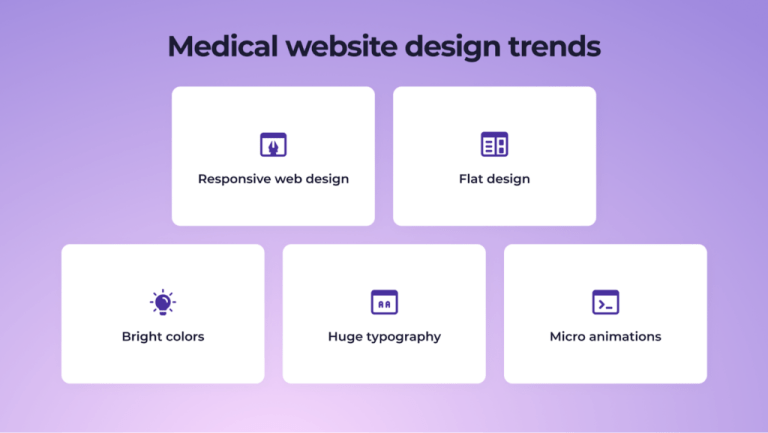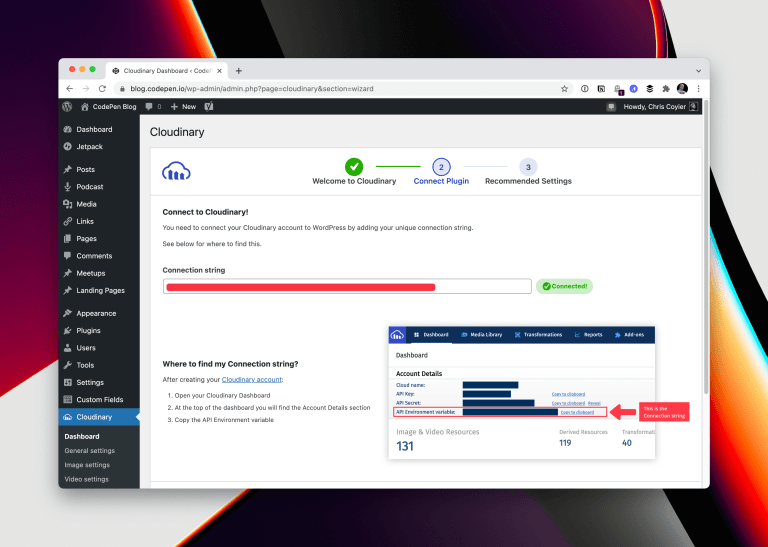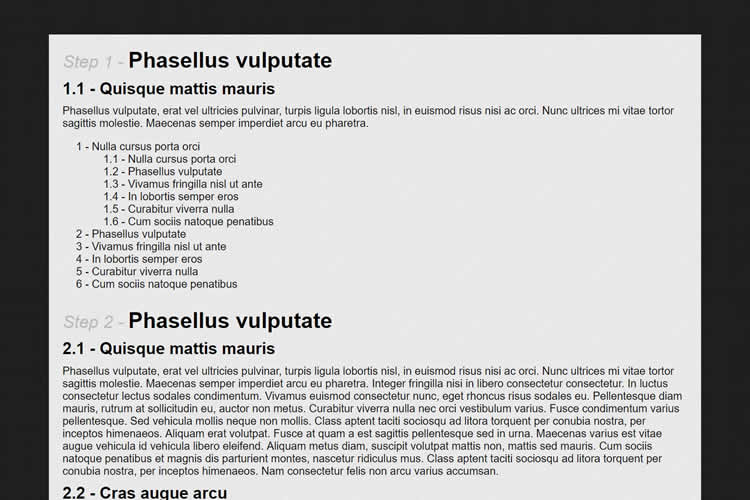
With multicloud, it’s important to separate fact from fiction (or fact from outdated information). Take a look at some of the common myths around multicloud, along with up-to-date realities.
Though common myths around speed, flexibility, reliability, and security have arisen around multicloud environments over the years, ongoing advancements in technology have put many of those fears to rest.
getty
In a few short decades, a variety of public cloud providers have sprung up, each with their own capabilities, architectures, and differentiators. If your organization is brand-new to cloud, chances are there’s a single cloud provider out there that meets all your needs. But organizations that haven’t already picked a cloud provider are few and far between, and many are now looking beyond their initial choice, and taking a fresh look at their options in the market. Luckily, in the past few years, multicloud technologies have emerged that sit on top of those clouds to allow customers to use them in combination with one another.
Generally speaking, a muticloud deployment refers to a mix of public infrastructure as a service (IaaS) environments, such as Google Cloud, AWS, and Microsoft Azure, but managed from a central location. A multicloud deployment isn’t trivial to set up and operate, but for many, the value outweighs the cost. A well-designed multicloud setup gives companies choice about where to run each workload and lets them tap into the geographic or functional benefits of each cloud.
Why organizations choose multicloud
Table of Contents
Concerns around redundancy and vendor lock-in drive many multicloud deployments, but they are also driven by business and technical goals like the use of more price-competitive cloud services. Other goals can include benefiting from the capacity, speed, security, or other features offered by a particular cloud provider in a specific geography. Some enterprises choose multicloud strategies for data sovereignty reasons, to help them adhere to laws and regulations that require organizational data to reside in certain locations. Multicloud providers can help meet these goals through their offerings of data center regions or availability zones.
But like any other technology, multicloud environments have their drawbacks. However, it’s important to separate fact from fiction (or fact from outdated information). Let’s take a look at some of the common myths around multicloud, along with up-to-date realities.
Related: Five do’s and don’ts of multicloud, according to the experts
6 Myths of multicloud computing
Multicloud can offer a single view of assets, providing you better control and more transparent costs.
Google Cloud
Reality: With strategic management, multicloud can provide the necessary flexibility to keep your organization’s overall IT costs in check. An all-in-one cloud strategy can lock you into services or features of only one vendor for many years. Multicloud strategies allow you to choose the most cost-effective solution for your enterprise and provide the leverage you need to demand the best price from competing cloud providers.
All-in-one cloud strategies can also increase the limitations and complexity of proprietary systems. Instead of the insight provided through multicloud systems, single cloud systems can result in siloed data, concentrated risk, and impediments to innovation and efficiency. Multicloud can offer a single view of assets, providing you better control, more robust security, and more transparent costs.
Many organizations have turned to multicloud and hybrid deployments.
Google Cloud
Reality: Recent research from Gartner shows that a majority of enterprises are currently hybrid in nature with future plans to move to more than one cloud. To diversify their cloud strategy and avoid these limitations, many organizations (81% of enterprises surveyed by Gartner) have turned to multicloud and hybrid deployments, relying on a primary vendor for the bulk of their workloads, and a second cloud for more specialized or emerging use cases.
In any case, your organization is not alone on this journey. The reasons behind this are varied. As cloud infrastructure evolves at such a rapid pace, it becomes more and more difficult to simply migrate from old to new. Sometimes multicloud is necessary due to a rapid growth in an organization’s infrastructure, where a single cloud strategy is both unrealistic and naive. Large organizations, meanwhile, turn to multicloud due to mergers and acquisitions, shadow IT, cost, and flexibility. Finally, organizations may want to unify administration and monitoring of their IT systems, and to share tools and standardize policies, procedures, and processes across multiple cloud providers.
The latest software solutions have addressed speed and reliability concerns in multicloud.
Google Cloud
Reality: Your business can stay up even if one of your vendors is down when you architect for failover between multiple cloud providers. And recent software solutions have addressed other speed and reliability concerns in multicloud. Google Cloud’s Apigee, the leading API management platform, and our operations suite, for example, offer the combined strength of Google Cloud’s easy-to-use developer tools and advanced monitoring across environments. Apigee allows developers to write code and deploy more quickly within a reliable architecture. Even better, Apigee works on every cloud or on-premises, bringing these benefits beyond Google Cloud.
Recent releases by cloud providers help to address lingering concerns around multicloud management and operations.
Google Coud
Reality: Here, again, it’s worth discovering recent releases by cloud providers that address lingering concerns around multicloud management. Google Cloud’s Anthos, for example, is a modern application platform for both hybrid and multicloud workload management that runs on Google Kubernetes Engine (GKE), an easy-to-use cloud-based Kubernetes service for running containerized applications everywhere. With Anthos, organizations can now consolidate all their operations across on-premises, Google Cloud, and other cloud providers.
Google Cloud designed Anthos to give enterprises the option to choose the most suitable infrastructure for each of their applications. Here, enterprises can continue to use existing investments both on-premises as well as in other clouds. The common management layer helps teams deliver quality services with low overhead on their own determined schedules. Anthos centralizes management and brings the best of GKE’s easy-to-use control plane to every environment. According to Forrester, Anthos brings a 40% to 55% improvement in platform operating efficiency.
Related: From multiple clouds to multicloud: Key factors that influence success
With multicloud, organizations can figure out which services are best for each task.
Google Cloud
Reality: With analysis tools that work across clouds and break down data silos, you don’t have to be limited to the best tools offered by one cloud. Instead, you can take advantage of the best services available anywhere, and with the right choices, a multicloud approach can lead to a race to the top. With multicloud, organizations can figure out which services are best for each task and leverage monitoring tools designed to deliver a consolidated view across different cloud providers or environments.
Google Cloud’s Looker, for example, is a multicloud data analysis platform that supports multiple data sources and deployment methods. Though part of Google Cloud, Looker supports hosting on other public clouds like AWS, and connects with data sources like Redshift, Snowflake, BigQuery, and more than 50 other supported SQL dialects. This means your enterprise can link to multiple databases, avoid database lock-in, and maintain multicloud data environments.
Ongoing advancements in technology have put many fears around multicloud environments to rest.
Google Cloud
Reality: Enterprises can secure multicloud environments with similar tools used to secure a single environment such as Google Cloud. Distributing applications and data across multiple clouds may actually make your environment more resilient than putting all your eggs in one basket. Due to a rise in web attacks, protecting web applications and public APIs, regardless of where they are hosted, is a focus of increased concern for many organizations. To protect the web applications and public APIs that your customers and partners access, we offer comprehensive and multicloud Web Application and API Protection (WAAP) solutions. This allows a shift from siloed to unified application protection, and can deliver greater operational efficiencies, improved threat prevention, and consolidated visibility.
Though common myths around speed, flexibility, reliability, and security have arisen around multicloud environments over the years, ongoing advancements in technology have put many of those fears to rest. So don’t be afraid to explore the possibilities of multicloud.
Get started on your multicloud journey
Some cloud providers dismiss customers who see multicloud as their path forward and don’t offer their cloud services where the customer needs them to be. That’s not our approach. Our goal is to support you regardless of where your data resides or where your applications run. If you’re ready to take your cloud deployment to the next level, check out our whitepaper, 5 ways Google can help you succeed in a hybrid and multicloud world. Or reach out to us and see if Google Cloud multicloud technologies can be what takes you there.







